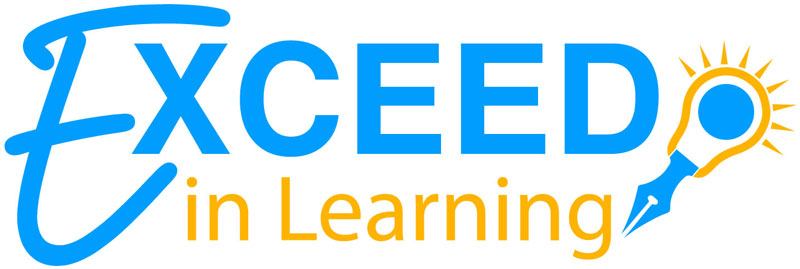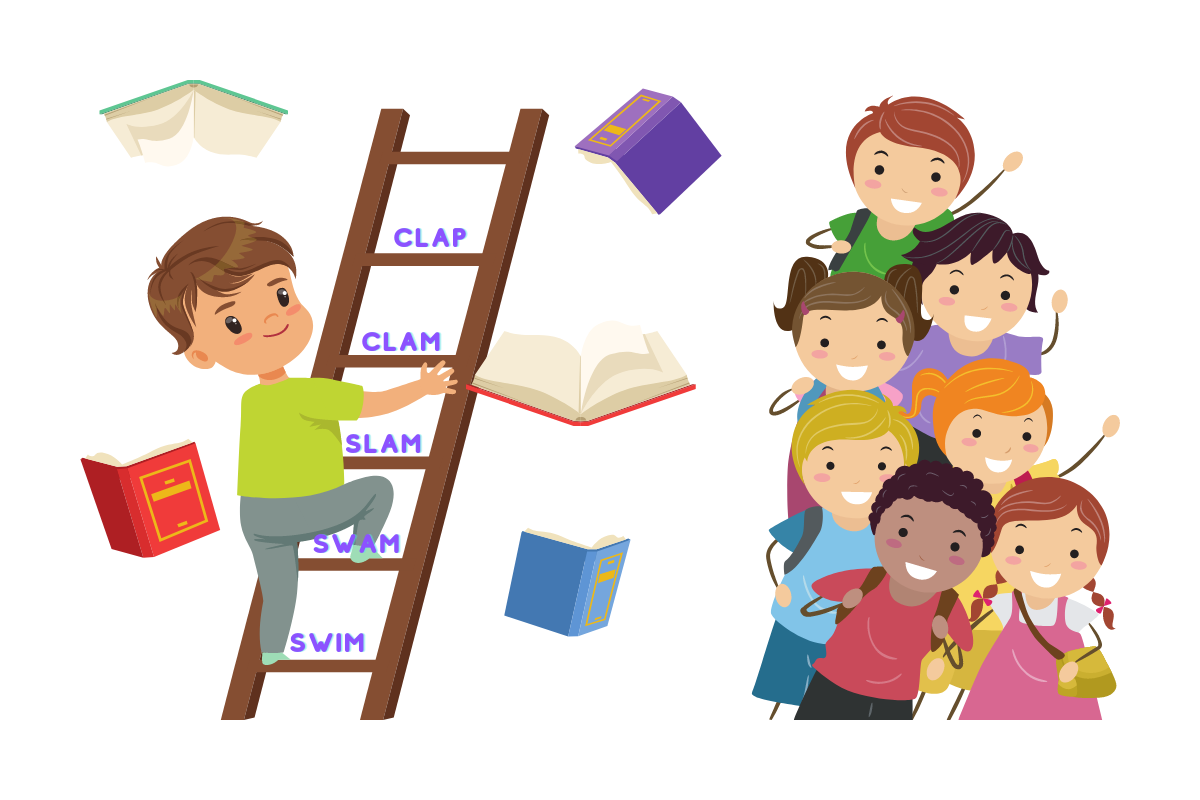When beginning readers first start on their literacy journey, phonemic awareness is the first step towards this goal. A strong understanding of phonemic awareness will ultimately lead towards reading acquisition. You may be asking yourself, what about phonics? By definition, phonics is the way we use symbols to represent sounds. In the English language, some are represented by one sound (ex. m for /m/ like in the word map.) However, there are many other combinations that can represent a single sound. For example, double letters can represent a single sound as well (ex. little, class, hammer, etc.). As students are learning, they turn to their phonemic awareness skills to chunk words up and blend each sound together. Phonemic awareness is closely tied with phonics and learning how to read.
One fun activity that can strengthen letter-sound relationships is something referred to as Letter Ladders, Sound Ladders, or Blend Ladders. There are many ways that you can practice these with your children, with varying difficulty. Initially, these ladders can be done with CVC words that have short vowel sounds. Students may be working on the letter “S” and can create CVC words with the different vowels and ending of a teacher’s choice. For example, a simple ladder may have the following sounds:
In an example such as this, the teacher or parent may have the child practice each CVC word with “n” as the final sound. This would prompt the student to practice reading words such as “san”, “sen”, “sin”, and “son”. It is important to point out that nonsense word blending is a part of blending that is important. It shows that students can follow phonic rules, even if the word is not a real word.
Another way to approach this activity is to list out several words. Each of these words will play off the word before it. For example, if you start with the word “red”, the next word will only have one letter than is different from the word “red”. So, this could be the word “bed” or “rad”. To help your child the guess the correct word, consider giving some clues. This will help your child generate the word, and then practice spelling it. As your child improves his/her skills, he/she can try to complete the chain without clues. For this, you might give the child the first word and the last word to see if they can figure out how to change letters to get the final word.
Let’s give it a try! Can you create a ladder that begins with clap and ends with swim? Check out the answer below!
Building a blend ladder helps students master letter-sound correspondences and develop spelling skills. This activity is also one that can be adapted to suit any learning level. Give it a try! How did your child do?




